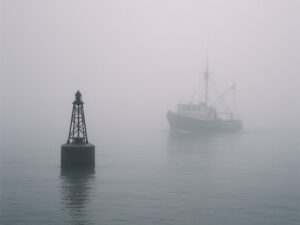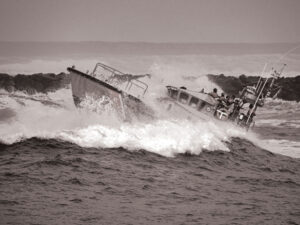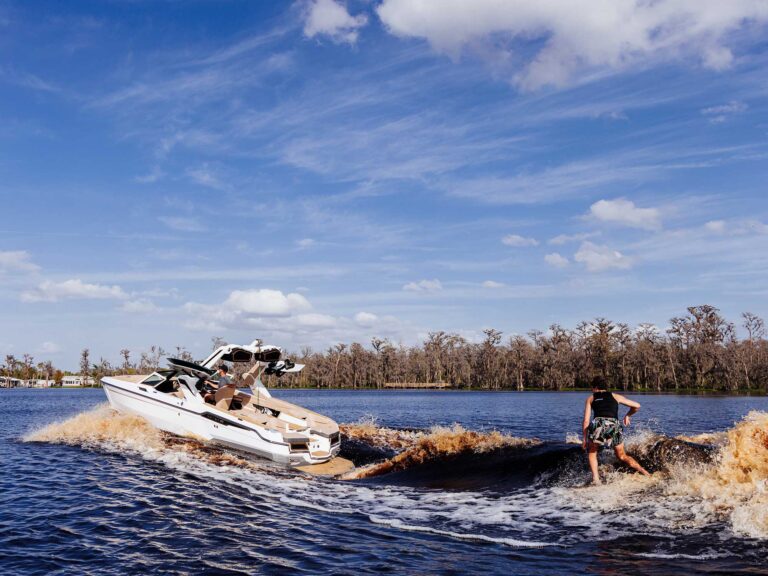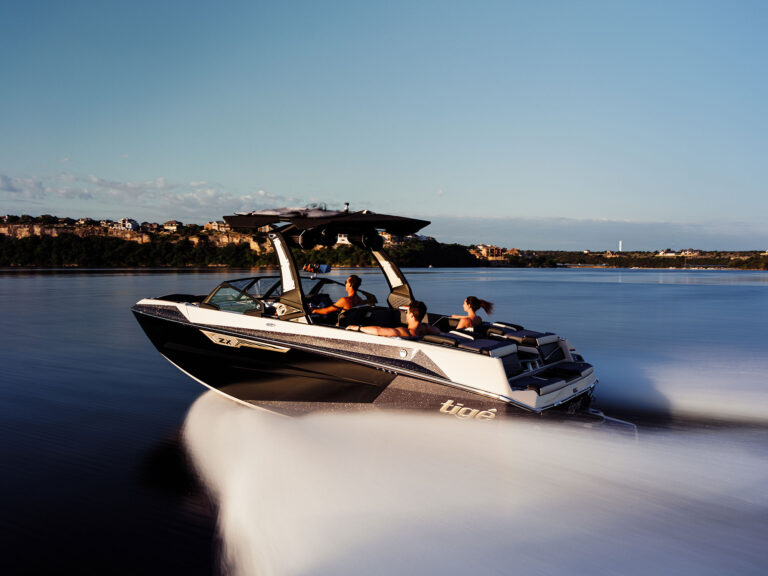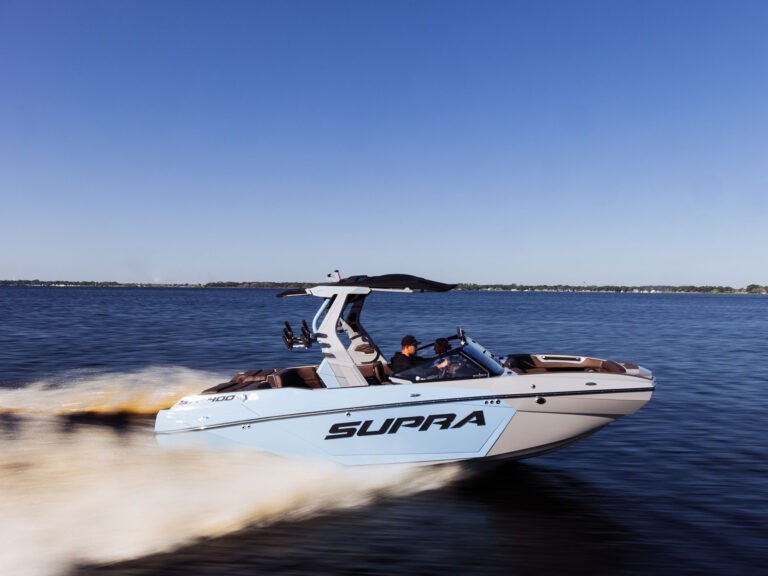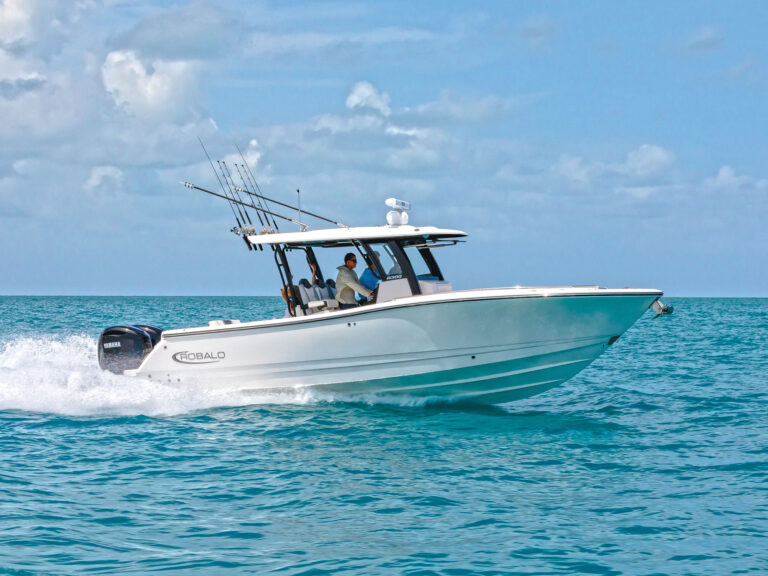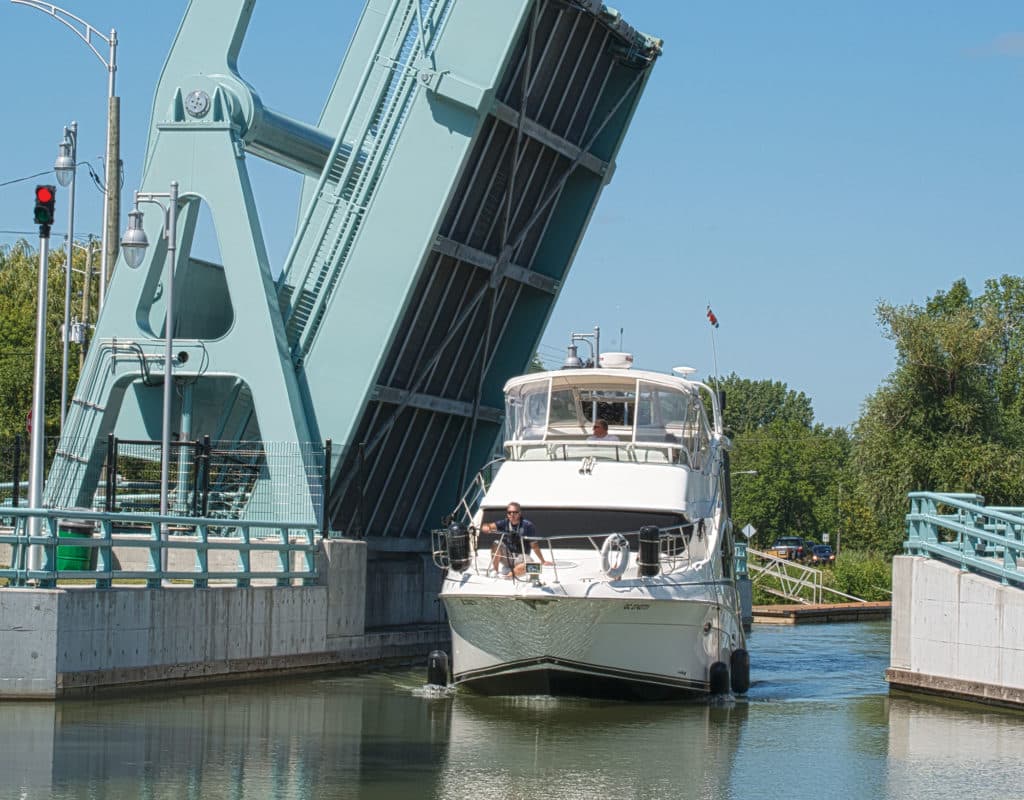
Waiting for drawbridges is a fact of life in many waterways. Here are eight tips for dealing with drawbridges wherever you boat.
Check Schedules
Some bridges open only at set times, such as every half-hour. Be sure to check the schedules for the bridges in the area where you boat.
Clearance
Always read the clearance board, which is a graduated scale posted at water level on the right side of the bridge opening that shows the vertical clearance at the time. Skippers should know their vertical clearance and only request a bridge opening if they cannot pass under when the bridge is closed.
Hail on VHF
Learn the hailing channel for requesting passage for the drawbridges in the area. Most bridges monitor VHF Channel 13 and 16. In Florida, bridges monitor Channel 9. Do not hail the bridge tender until you are in sight of the bridge, and use low-power (1 watt) to minimize radio traffic with distant boaters.
Sound Signals
You can also signal the drawbridge by horn to request an opening with one prolonged blast (four to six seconds in duration) followed by one short blast (about one second). The bridge tender will reply with the same sound signal to acknowledge that the bridge can be opened immediately. When approaching an open drawbridge, use the same opening signal, and if no acknowledgment is received within 30 seconds, then you may proceed. When a bridge cannot be opened immediately, or is open and must be closed promptly, the bridge tender will sound five rapid short blasts after the vessel’s opening-signal request. That’s your indicator to stop and stand by.
Avoid Bumper Boats
A crowd of boats can gather on both sides when waiting for a drawbridge, so it’s critical to remain attentive at the wheel. Strong currents and winds can complicate the process. Also, be wary of other boats with captains who might not be paying attention when drifting or maneuvering and could possibly collide with your boat. Being attentive at the helm also means being a defensive helmsman.
Play Through
If you have a low-profile boat that can fit under the closed bridge, you are free to proceed, but when there are boats waiting, proceed slowly and cautiously when weaving through the flotilla.
Wait Your Turn
Once the bridge opens, wait your turn to proceed and adhere to the rules of the road (always stay to the right). With narrow bridge channels, you might need to hold back to make room for a particularly large vessel or one that’s restricted in its mobility, such as a sailboat or a boat under tow. Lying back and letting the crowd go is often the best course of action.
Bridge Types
There are several types of opening bridges. Some provide maximum height at the center or to one side, when open. Be aware of your bridge clearance and the geometry of a particular bridge.


